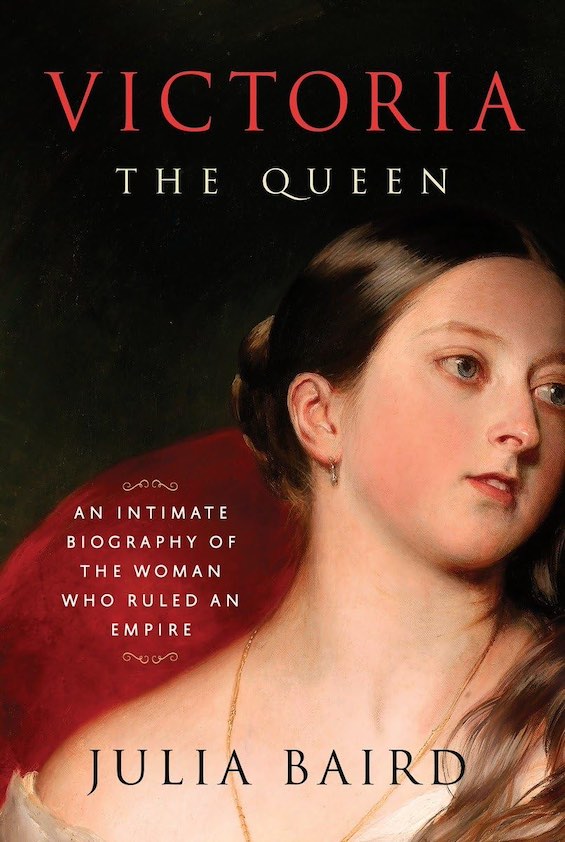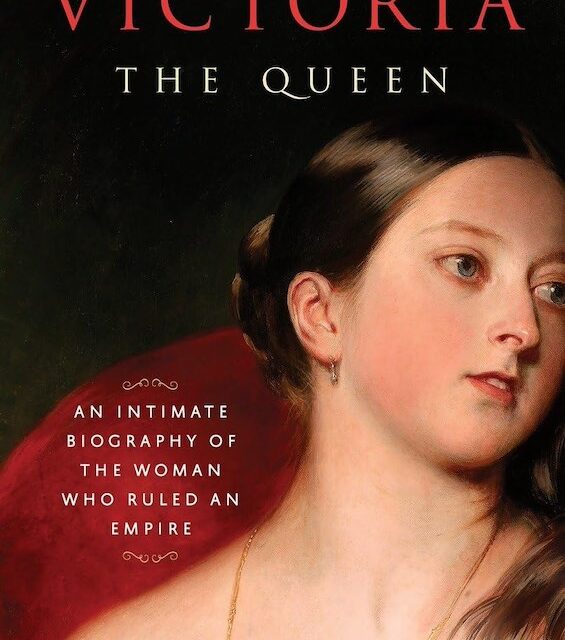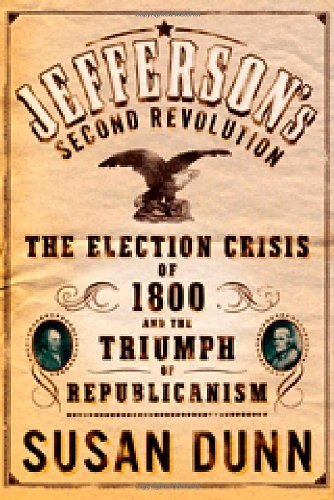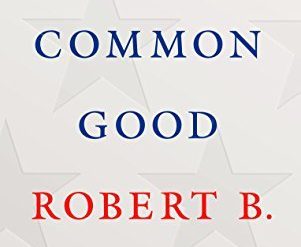
Estimated reading time: 6 minutes
When we think today of an English Queen, we tend to conjure up the benevolent figure of Elizabeth II, waving from the balcony at Buckingham Palace or from the back seat of a car. Of course, if we read English history—or if we’ve watched the popular Netflix series, The Crown—we know more than that. For example, we’re aware that the demands of constitutional monarchy strictly circumscribe the Queen’s role. Elizabeth II had no political role whatsoever. Her job was merely to accept the will of her subjects and deal with the hand Parliament dealt her. For her son, Charles III, it’s no different. But that was emphatically not true with her great-great grandmother, Queen Victoria, who ruled Great Britain from 1837 to 1901, imprinting her name on an era. And Julia Baird makes that case with penetrating clarity in her masterful biography of Queen Victoria.
A strong-willed monarch
The power Victoria wielded as sovereign was considerable despite the fact that little in the English constitution prescribed it. In fact, Britain has no written constitution. Like the common law, it evolves through the years, shaped by the will of the men and women who rise to positions of leadership. And when Victoria was born two centuries ago (in 1819), vestiges of medieval customs and expectations still governed the relationship between the monarch and Parliament. And when Victoria ascended to the throne in 1837, a strong-willed and opinionated teenager, she seized on every opportunity to shape the course of British politics and foreign affairs.
As Baird asserts, it is eye-opening today “to discover what a robust and interventionist ruler Victoria was. She regularly stretched the boundaries of her role. She tried as hard as she could to ensure she and the foreign secretary would decide matters of foreign policy together, without their needing to be canvassed in the Cabinet. [And] she bypassed the prime minister to give her own directives to generals.” But she went even further. On several occasions Vitoria attempted to install men she favored as Prime Minister or block those she opposed. She was in no way limited to a decorative role. “It was not until after [her son] Bertie ascended the throne [as King Edward VIII] that this ceremonial and symbolic kind of monarchy would become the norm.”
Victoria, the Queen: An Intimate Biography of the Woman Who Ruled an Empire by Julia Baird (2016) 752 pages ★★★★★

Asserting the Crown’s influence over policy
For two decades, Victoria ruled jointly with her husband, Prince Albert. And their workload was prodigious. “In 1848,” for example, “twenty-eight thousand dispatches came to them from the Foreign Office alone, on everything from the Chartists and the European revolutions to the devastating impact of increased tariffs on sugar in the West Indies . . . and the ambitious king of Sardinia. Victoria and Albert jointly wrote letters, corrected drafts sent from the foreign minister and PM, fired off letters to a host of political figures, both domestic and foreign, and prepared memoranda on events. They were intensely involved in all correspondence with other countries.”
After Albert’s passing in 1861, ending their twenty-one years of marriage, Victoria ruled alone for another thirty-nine years. Although she was less attentive to detail than they had been together, she was no less involved in exerting her influence on the major questions of the day. In fact, if anything, she was even more assertive during the final three decades of the century. As Baird notes, “While the role of the monarch in British politics dwindled to one of constitutional consigliere as the franchise was expanded and the House of Commons grew in influence, Victoria continued to demand space.”
More than an “intimate biography”
Victoria, The Queen delivers the “intimate biography” promised in its subtitle. We follow Victoria’s life up close and personal through the birth of nine children and forty-two grandchildren, her cherished relationships with several men, and, one after another, the death of loved family and friends as the end of her long life approached. But there’s a lot more here. The author provides nothing less than a wide-ranging view of the Victorian Age. The book is full of vivid cameo portraits of many of the leading figures in British life in the nineteenth century. Charles Dickens. Florence Nightingale. Lord Tennyson. Charles Darwin. Oscar Wilde. And the storied Prime Ministers with whom Victoria alternately collaborated or resisted, especially Melbourne, Disraeli, Palmerston, and especially Gladstone.
Similarly, Baird offers insight into many of the signature events of the nineteenth century. The Continental revolutions of 1848. Prince Albert’s inspired Great Exhibition of 1851 in the Crystal Palace. The Crimean War. The Sepoy Mutiny of 1857, when the Crown seized India from the British East India Company, eventually making Victoria an empress. And the Boer War, when the British invented the concentration camp. The effect is panoramic.
About the author

Julia Baird is an Australian journalist and author as well as a television news reporter in Sydney. Until the age of ten, she grew up in the United States, where her father was a trade commissioner. She holds a BA and PhD in History from the University of Sydney, and she was a fellow at Harvard’s Kennedy School of Government. She also has received an honorary Doctor of Divinity degree. Baird is the author of four nonfiction books on diverse subjects.
For related reading
You’ll find this book listed along with 10 great biographies.
For an excellent overview of British history, see The Shortest History of England: Empire and Division from the Anglo-Saxons to Brexit—A Retelling for Our Times by James Hawes (English history that’s not just about kings and queens).
You might also care to check out 20 top nonfiction books about history and Top 10 nonfiction books about politics.
And you can always find my most popular reviews, and the most recent ones, on the Home Page.


























